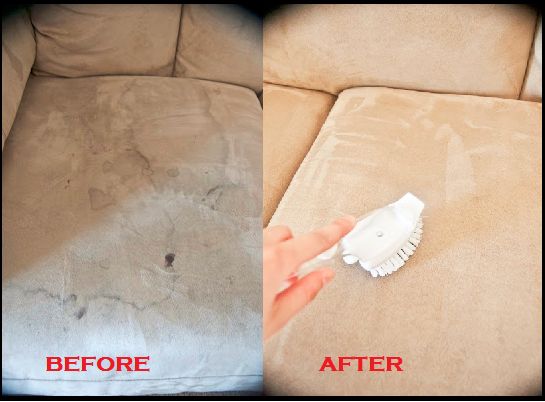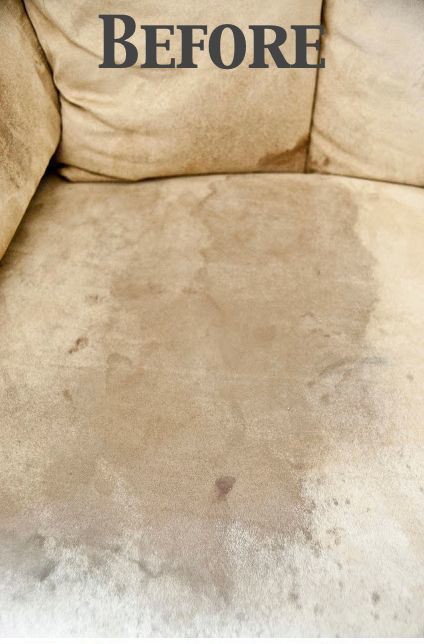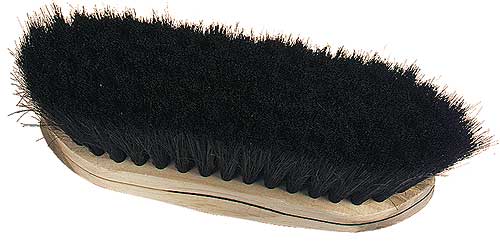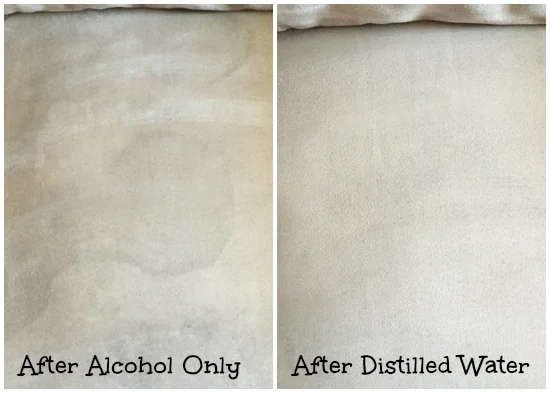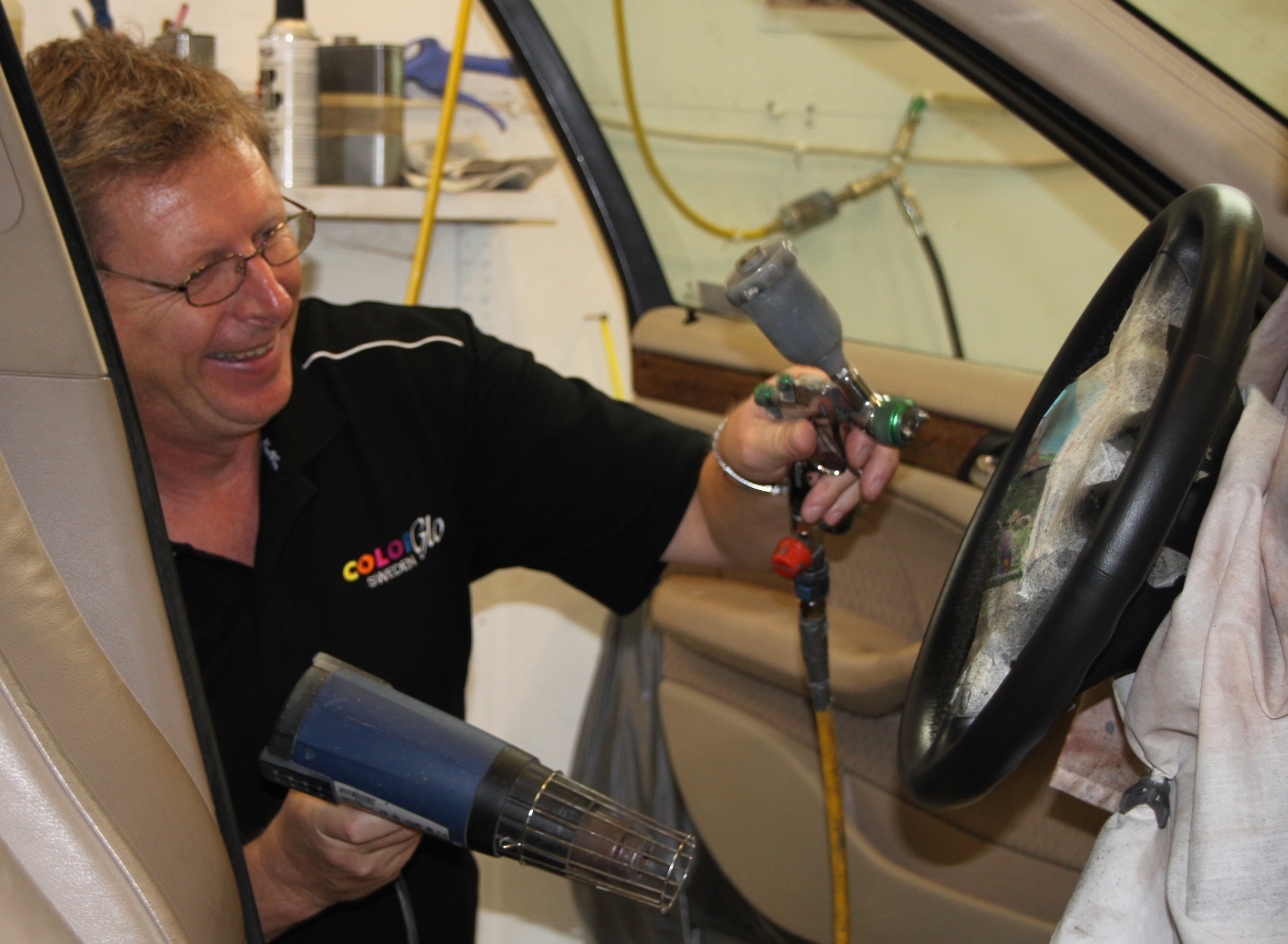
An Ounce of Prevention for Your Furniture
We've all heard the saying...“An ounce of prevention is worth a pound of cure.” Benjamin Franklin was talking about fire prevention in the city of Philadelphia when he coined this phrase, but it’s one that can be applied to any situation.
We've all heard the saying...
“An ounce of prevention is worth a pound of cure.” Benjamin Franklin was talking about fire prevention in the city of Philadelphia when he coined this phrase, but it’s one that can be applied to any situation. This philosophy will go a long way if we apply it to the objects that make our body comfortable – that is, the furniture we sit on, such as restaurant and office seating; transportation seating, and yes, even those dentist chairs!
Whether you’re an individual or business, making and keeping these types of seating comfortable is important. However, in this article we’ll focus on homeowners and their furniture.
Furniture problems and preventions
So let’s talk problems and prevention. And if you’re picturing grandma’s plastic-coated furniture, then know there are better solutions. Here are some things you can do to not only keep your seating comfortable but looking good as well. Try to do as much prevention as possible to avoid having to go for the cure. Also, realize that the type of seating material is going to determine the type prevention as well.
Problem: Scratches
Scratches can result from a variety of sources: pet claws and sharp objects being the most common. We’re talking about human-caused scratching and other marks (we’ll deal with pet-related issues in the last point).
Prevention: A large part of the prevention of scratches is simply being mindful of what we have in our hands and how we let that object come in contact with our furniture. A protective coating can help protect tiny scratches, but a deep scratch can only be prevented by carefulness on the part of the person who uses the furniture.
Problem: Stains
Stains can come from a variety of sources. The list is endless: food spills, liquids, ink, bodily fluids, and even water. We think that a quick swipe with a cloth (or our sleeve) solves the problem, but the surface isn’t really clean and residue can remain.
Prevention: Once again, stains can generally be prevented by carefulness on our part. Be mindful of how and where you place things that could stain your furniture. And if you do spill something, clean it up immediately, making sure you follow the manufacturer’s instructions so as not to cause further staining.
Problem: Dirt & Dust
Dirt and dust mostly come from constant use and the environment. Sometimes it’s brought in by people and pets, and it’s pretty much always around, and furniture is often the recipient.
Prevention: Since most of this unpreventable, being proactive in keeping the furniture dust free, vacuumed and wiped clean, will stop the buildup of dirt and dust. If you let it build up your furniture will look dingy and clean up will take longer and require more effort.
Basement and lower-level living spaces can naturally cause dust and dirt build up.
Problem: Tears, Cracks & Punctures
Cracks can come from constant use, while tears and punctures are caused by sharp objects coming into contact with the material.
Prevention: There isn’t much we can do about the cracks that occur from constant use. But you can keep the material well-conditioned to prevent dryness that will lead to cracks. As for tears and punctures, once again be mindful of the objects you have in your hands. If you’re carrying something sharp, like a knife, have it in a sheath or make sure the blade is in such a position that it won’t come in contact with the soft material of your furniture. When talking specifically about your leather furniture, you may want to learn how to make your own beeswax leather polish to ensure your expensive investments last a lifetime.
Problem: Fading & Bleaching
Constant use will lead to fading or a worn look in the material, while bleaching is due to the furniture being exposed to direct sunlight on a consistent basis.
Prevention: This problem is actually a fairly easy one to prevent. Simply put, keep your furniture out of direct, constant contact with the sun.
Problem: Pet-Related
Pets can cause a variety of problems: smells, residue, stains, and scratches. Some pets can be trained, but others (like cats) consider themselves the rulers of their domain.
Prevention: We all know that pets have a mind of their own, and generally don’t care about our wishes and how we want them to treat our furniture. In some cases, they can be trained, while in others we may need to use a product that will deter them from damaging our furniture. Take a look at our post on How to Make Your Own Cat Repellent for some natural ways to discourage your pet.
Final thoughts on your furniture
As you can see, most prevention involves carefulness and mindfulness on our part. If we are proactive in the care of our furniture, that will help prevent many of the accidents that can occur. It will keep our furniture looking good and comfortable to sit in. When something does happen to damage your furniture, be sure and take care of it immediately so that more damage does not occur from neglect.
We have several articles on our blog that will give you some good tips on taking care of your furniture:
If your seating has been damaged to the point where a homemade, natural or store-bought solution cannot cure it, then it may be time to turn to our professional color restoration and repair technicians. Find a Color Glo Franchise Location HERE on our website.
How to Clean a Microfiber Couch
Many people send in requests or questions about how to clean their microfiber couch or sofa. Microfiber isn't for everyone just like leather isn't for everyone, but you'll have to make some sacrifices in order to keep your microfiber couch clean.
Many people send in requests or questions about how to clean their microfiber couch or sofa. Microfiber isn't for everyone just like leather isn't for everyone, but you'll have to make some sacrifices in order to keep your microfiber couch clean.
What is Microfiber?
First thing is first. Let's talk about what microfiber is and why cleaning microfiber furniture is such a pain in the tuckus. Microfiber has very thin strands that can be made to look like suede or leather. This makes it an attractive fabric for sofas and couches. Microfiber also is quite durable and repels water so it tends to be suited for furniture because your home can take a beating. Furniture manufacturers and salespeople however, would like you to believe that they are impervious to stains and an indestructible investment.
Its just not true... Microfiber couches look like suede, but the fabric is made of polyester and nylon fibers. These fibers are about 100 times thinner than a human hair, so cleaning this material can be difficult. You can leave watermarks in a hurry on your brand new microfiber couch, if you're not careful. However, cleaning with solvents or laundering cushion covers gets the dirt out without the unsightly spots.
And if Frankie the dog likes to wipe his face on your couch (we know he does), then you'll be faced with the below situation.
Before you begin
What type of microfiber couch do you have? Before cleaning your microfiber couch, make sure to read its care instruction tag. Microfiber manufacturers use codes to indicate how to clean the fabric.
- W means you must use water based cleaning solution.
- S means you must use a “solvent” based cleaner
- S-W means you can use S or W type cleaners
- X means you can vacuum only (so, no water or solvent based cleaning solutions).
Never use bleach, acetone, carpet cleaner or upholstery cleaner on microfiber couches. If you are unsure about cleaning your couch yourself, schedule a consultation with a professional furniture-cleaning service.
And here's what you'll need.
- White cloth or sponge.
- Rubbing alcohol.
- Distilled water.
- Spray bottle.
- Hard bristle scrubbing brush.
- Soft bristle brush.
How to clean a microfiber couch
Your first step is to pour some rubbing alcohol into a spray bottle and spray it on the couch. Don’t be shy; spray on a liberal amount. Then, use your clean sponge or white cloth to start scrubbing.
The key here is to focus on one section at a time. It will make the job more palettable and you'll see the results of cleaning in sections. If you have visible stains (such as Frankie's drool), scrub hard until they disappear. You can always spray on more rubbing alcohol if needed. You should quickly see dirt lifting off onto your cleaning cloth or sponge.
The Aftermath.
Microfiber is finicky. Because of its fiber makeup, it will tend to harden after cleaning. This may cause streaks, runs or it may even be a bit "crisp". So what to do? The solution to that is to gently rub the hardened fabric with a soft scrub brush. You can use any type of brush really, as long as its not so abrasive that is damages your material. Pictured below is actually a horse brush! We're really looking to achieve the same result.
The special sauce...
Normally, most people would end here. There's an additional step however that proves to be useful for those who venture down the path of laboring over their own microfiber couches. Pour some distilled water into a spray bottle and spray it on the couch. It goes without saying that you need a NEW, CLEAN sponge or cloth in which to work into the couch until you can no longer see the water stains. The key here is distilled water - regular water will re-surface stains.
Allow it to dry, and then use the soft bristle brush again to loosen the fibers. Viola!
Image: www.lemonslavenderandlaundry.com






